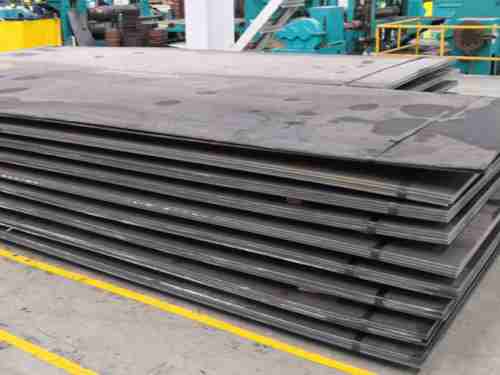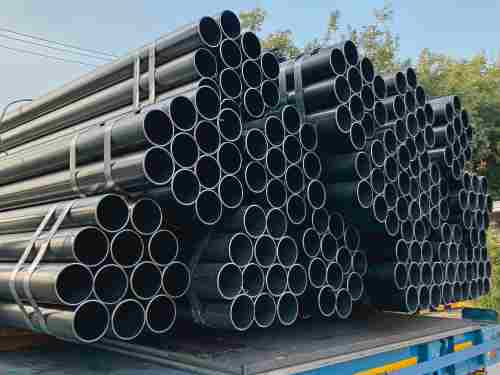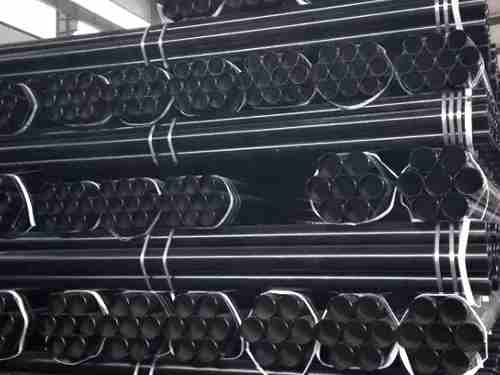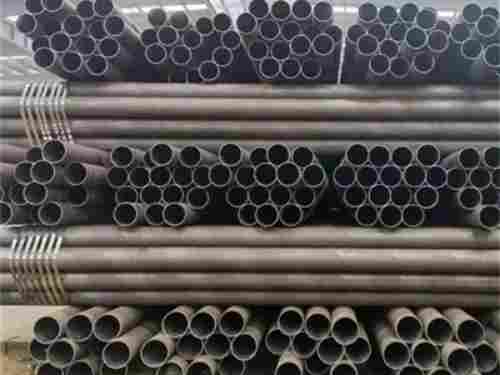Steel channels are manufactured by transforming steel into linear, roll-formed shapes using high-speed roll forming. The specific shapes and dimensions of these channels are determined by the application requirements they are intended to meet, offering continuous support and reinforcement for other structural components.
Steel Channel Formation Process
The production of steel channels begins with a base web flanked by legs on both sides. During the roll-forming process, metal strips are shaped into various profiles tailored for specific purposes. Among these, C channels are the most commonly produced.
U Steel Channels
In the roll-forming process, U steel channels undergo inline post-fabrication, which includes hole punching and notching—tasks traditionally completed during pre-punching. This method reduces the number of required dies and allows for tighter tolerances on notching sites, minimizing distortion. Modern inline fabricating equipment, equipped with sophisticated die accelerators and boosters, can perform multiple operations simultaneously, improving efficiency and precision.
The thickness of a U channel can range from 0.003" to 0.150", with some metals, like hard aluminum, reaching up to 0.250". However, decorative pre-coated metals are not generally recommended for thicknesses over 0.030" unless larger-than-standard corner radii can be accommodated. Special tooling may be necessary for advanced forming requirements, such as unique corner radii or specific material properties.
Z Steel Channels
Z steel channels, characterized by returns at the top of each leg, may require custom tooling, especially for designs with short webs between the legs. These channels are prevalent in the framing and metal building industries, where they are also known as purlins. Purlins can be made from various metals, including aluminum and stainless steel, and are often pre-finished with galvanized coatings for rust resistance.
C Steel Channels
C channels are among the most frequently used steel channels, essential in supporting structures like buildings, walls, roofs, and ceilings. Roll-formed to meet precise specifications, C channels are versatile in their dimensions and sizes. The C shape of the channel provides structural integrity while allowing for modern inline post-fabrication techniques. These techniques enable multiple die operations, reducing the number of required dies and allowing for tighter tolerances.
The thickness of C channels ranges from 0.003" to 0.150", with some metal and aluminum channels reaching up to 0.250". For thicker materials, decorative pre-coated metals are generally not recommended unless larger corner radii are used. The length of C channels can vary from 3 to 15 feet, with options for lengths up to 40 feet under tight tolerances.
Hat Steel Channels
Hat channels, named for their hat-like shape, consist of two horizontal outward flanges and two vertical flanges. These channels are ideal for roof framing, where they are often referred to as hat purlins. The construction of hat channels starts with a U shape during roll forming, with the top edges flared outward to create the brim. Their simple design allows for lower tooling costs and easy formation into various sizes and thicknesses.
Hat channels can be as narrow as 0.250" and as wide as 19", depending on the material thickness. They can be roll-formed to heights between 3/16" and 5.25", with tight tolerances achievable without blind or air forming.
J Steel Channels
J channels are distinguished by one side being longer than the other, creating a J-shaped profile. These channels come in various sizes and can be tailored for specific applications. Common types include simple J channels, hemmed J channels, and J channels with flat sections for easy attachment.
Overall, steel channels provide essential support and structural integrity in numerous applications, from construction to automotive and industrial uses, thanks to their versatility, strength, and adaptability.

 English
English Español
Español











